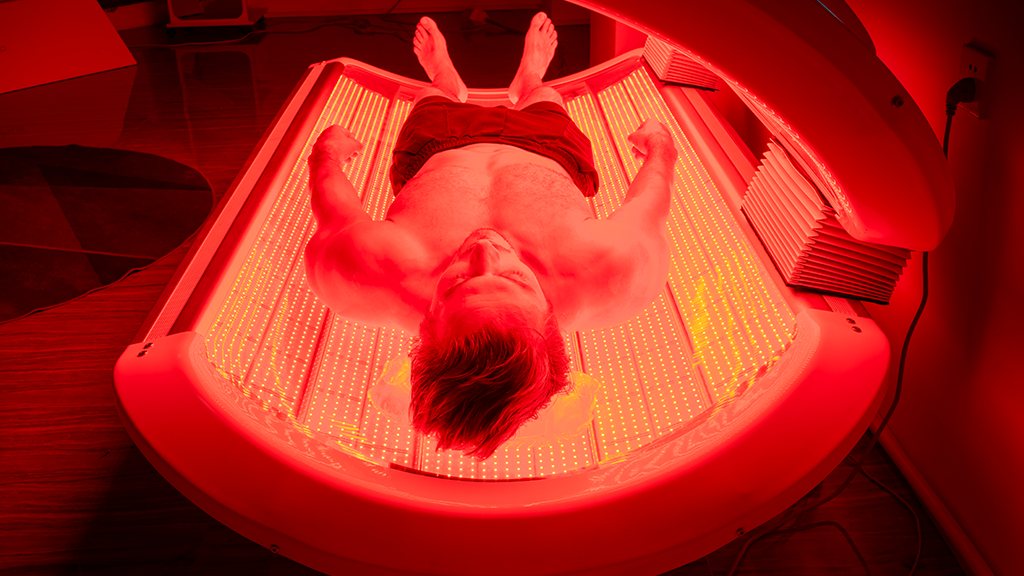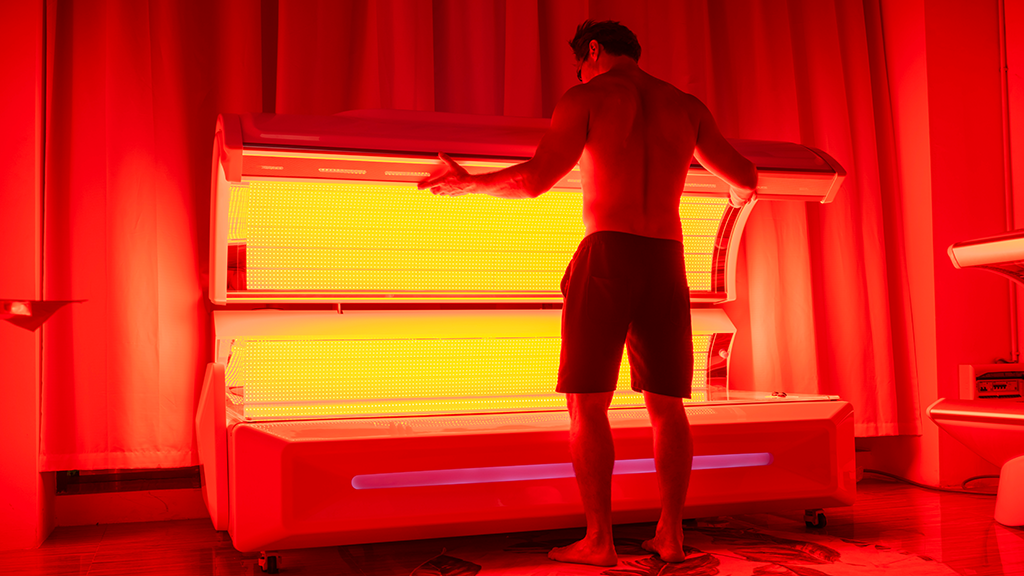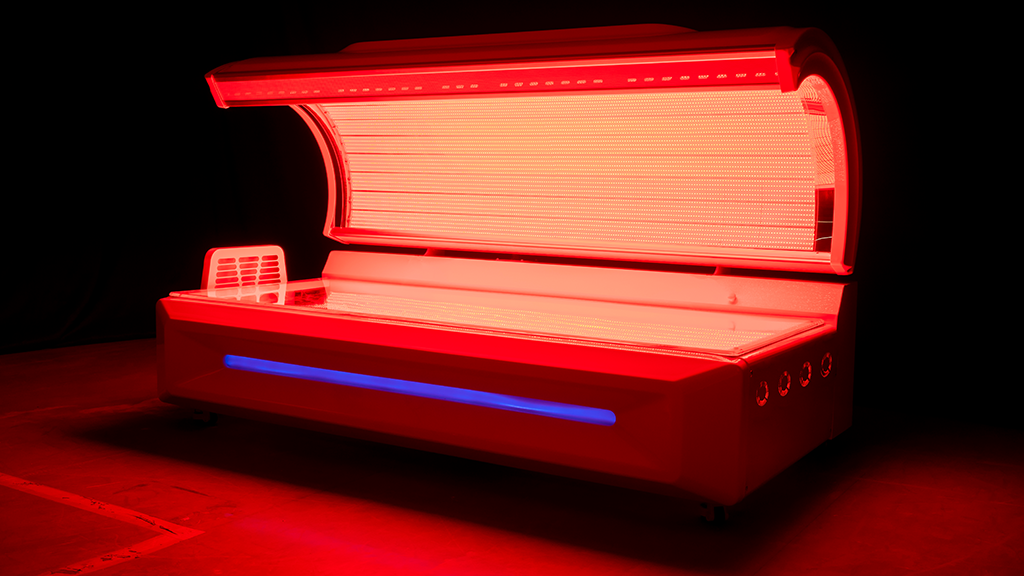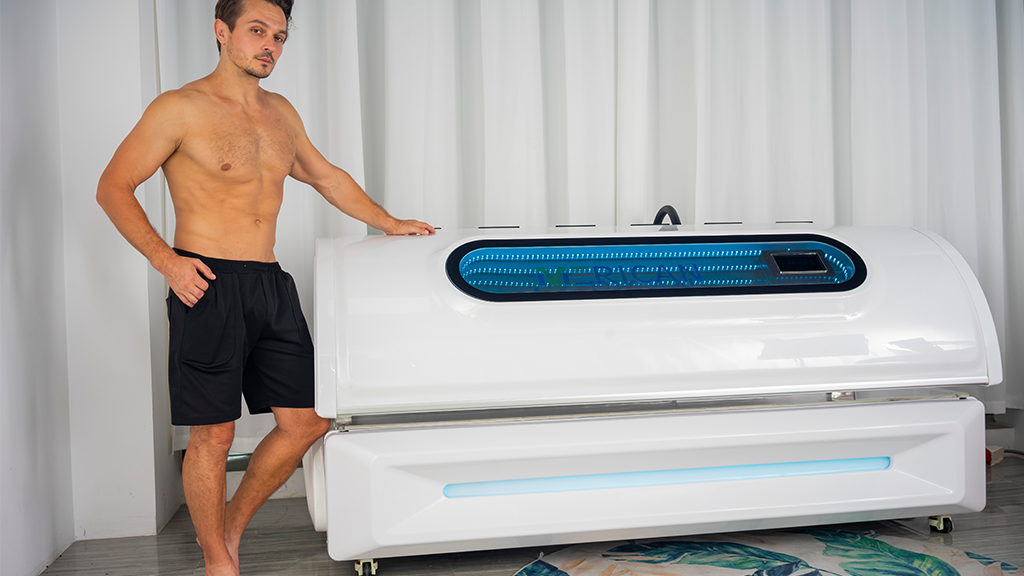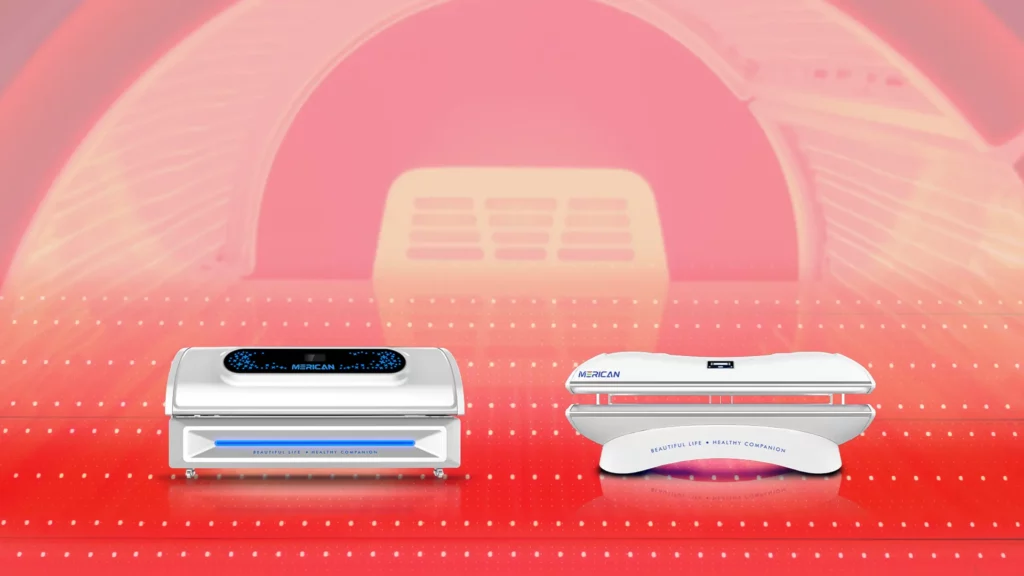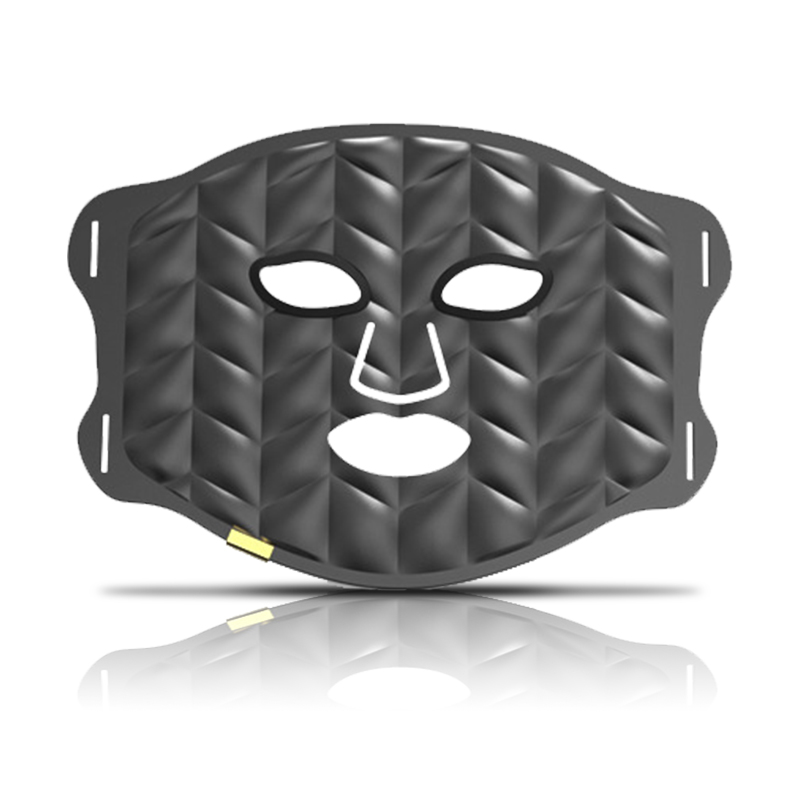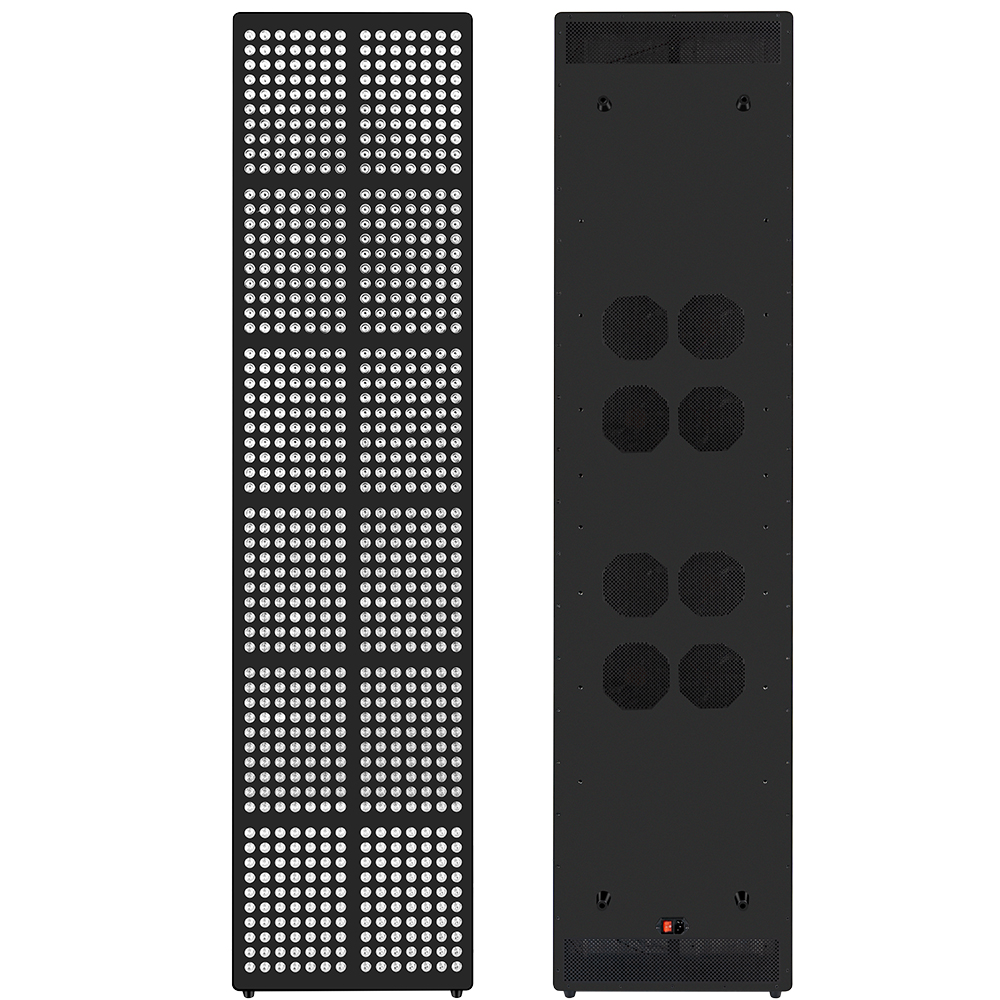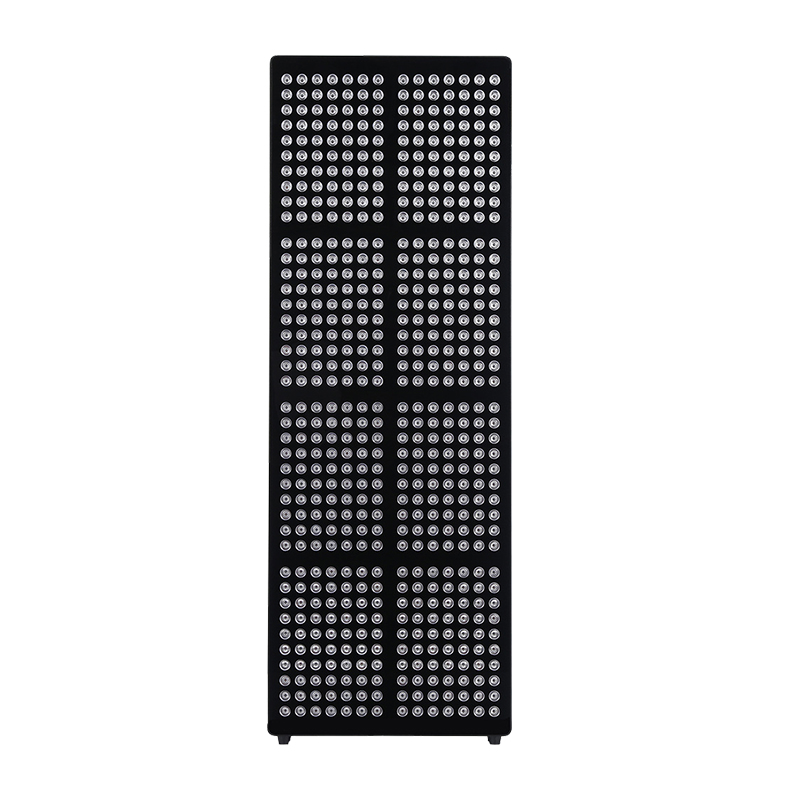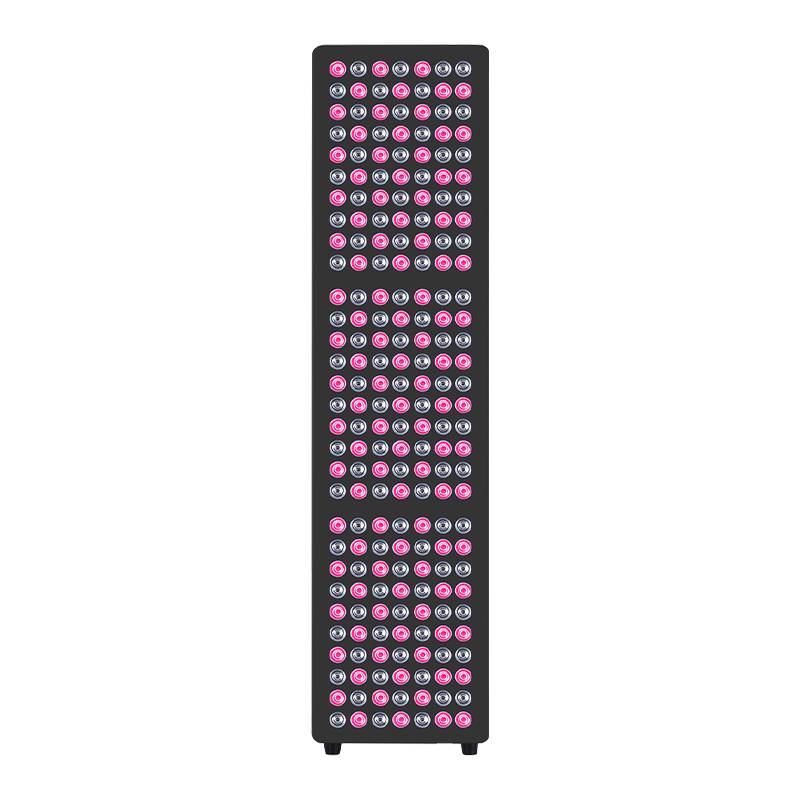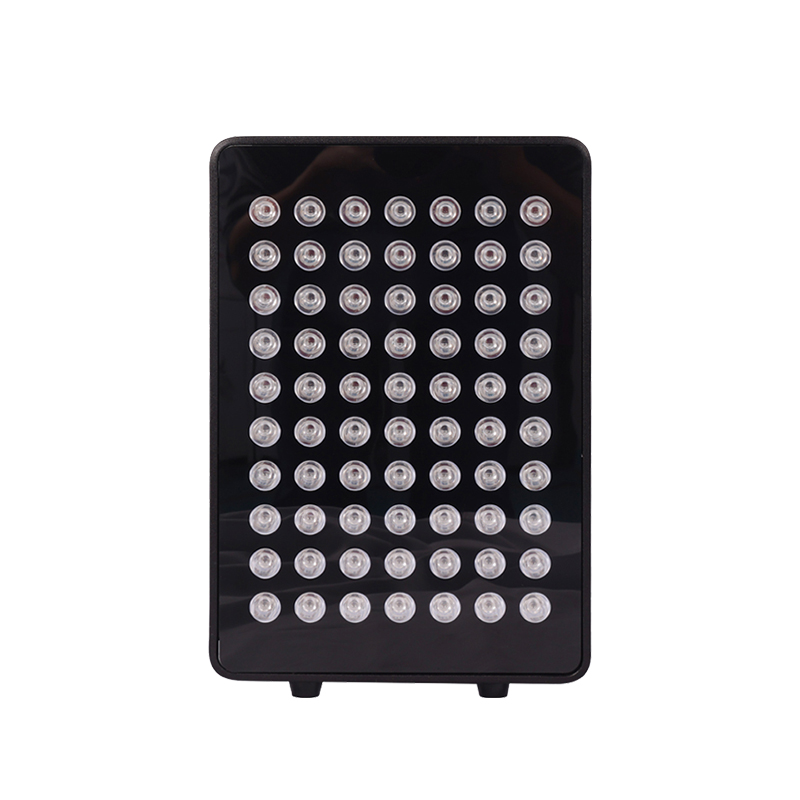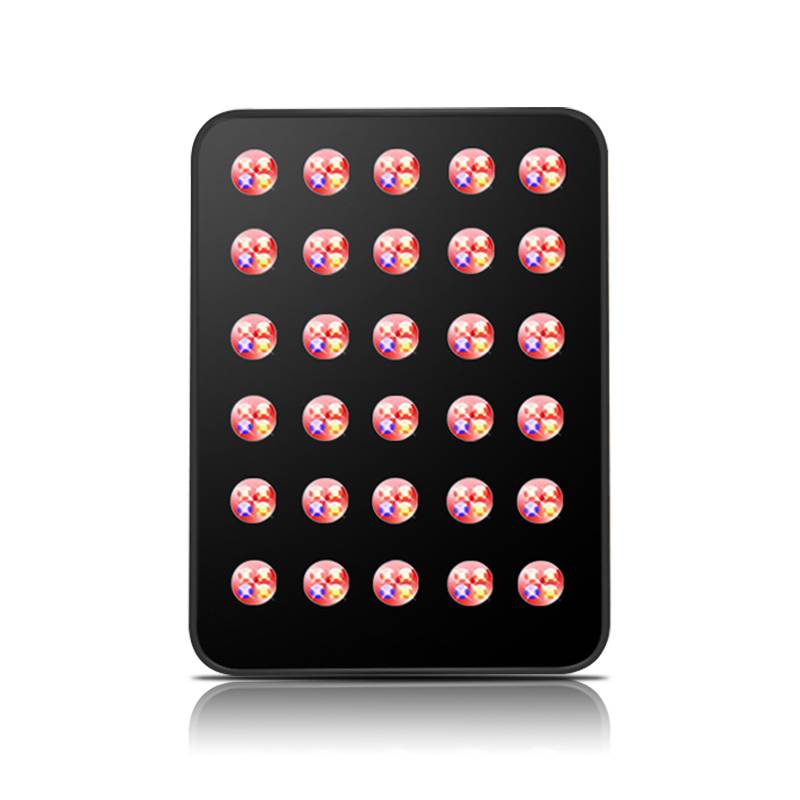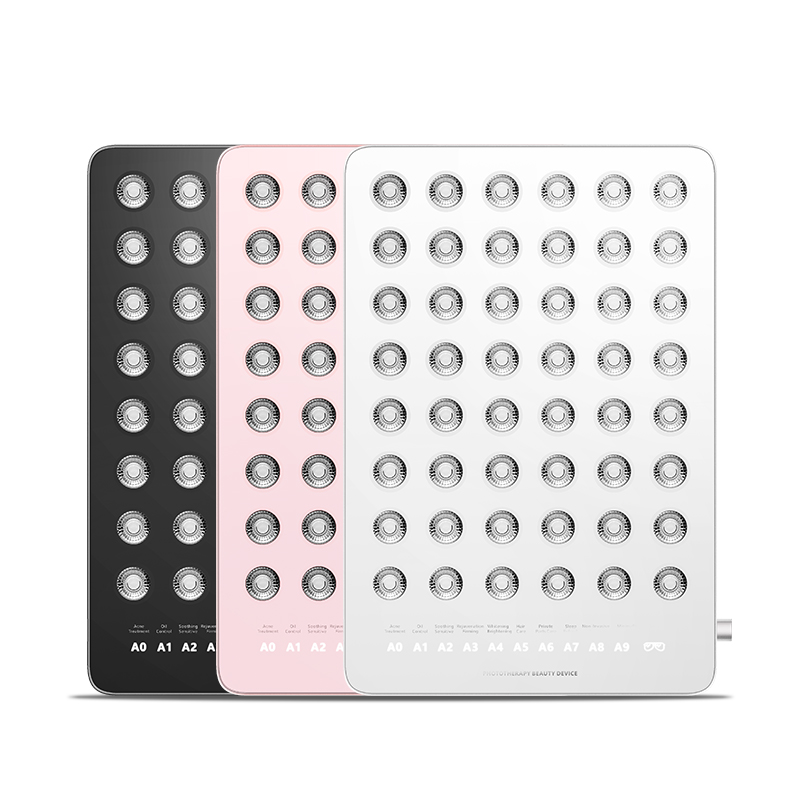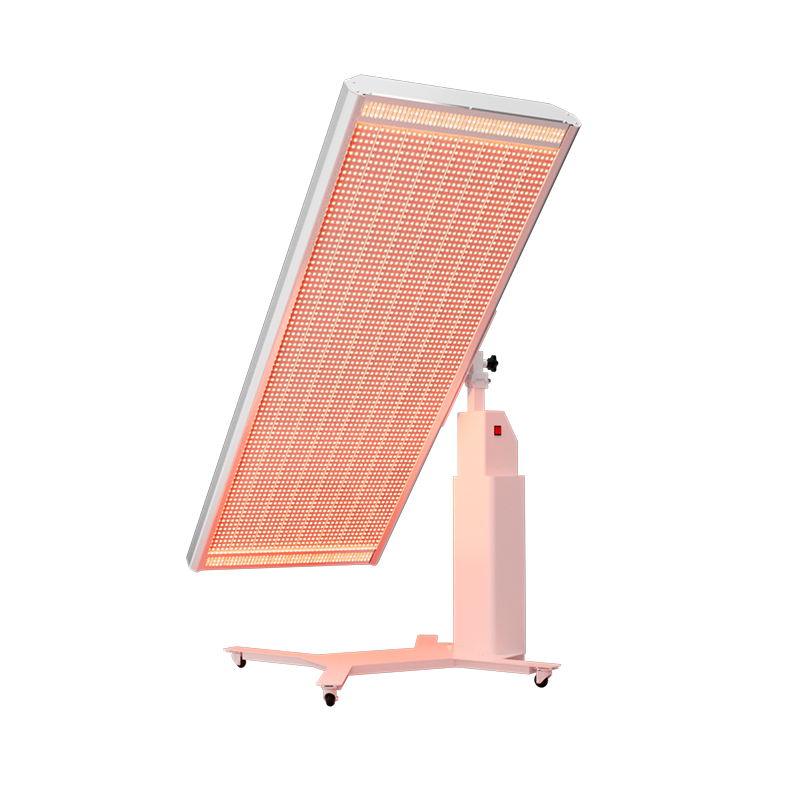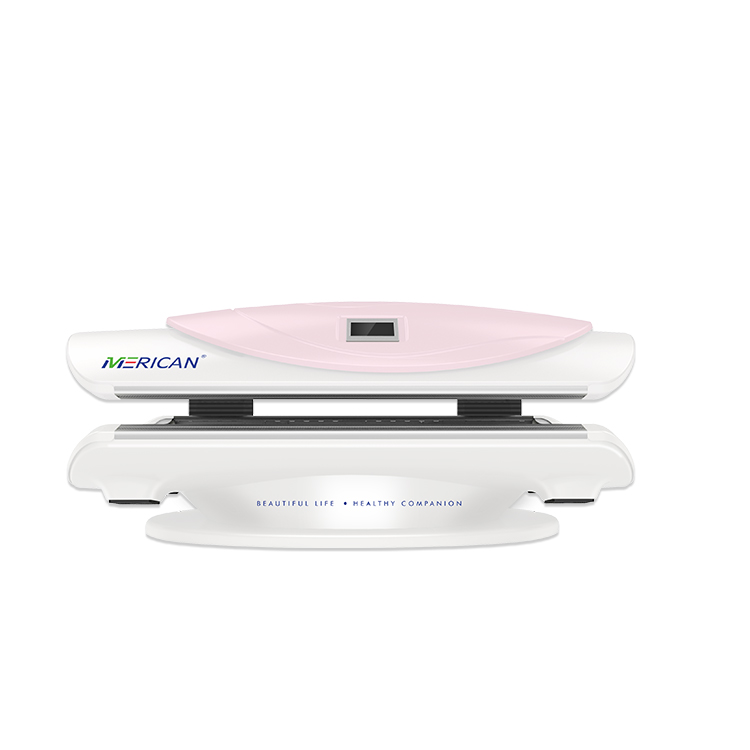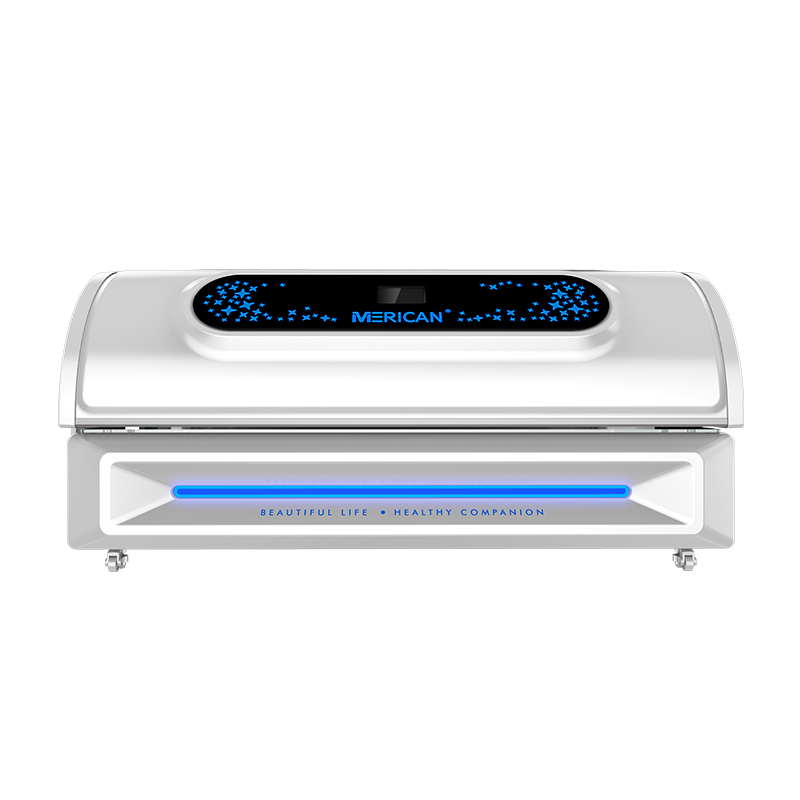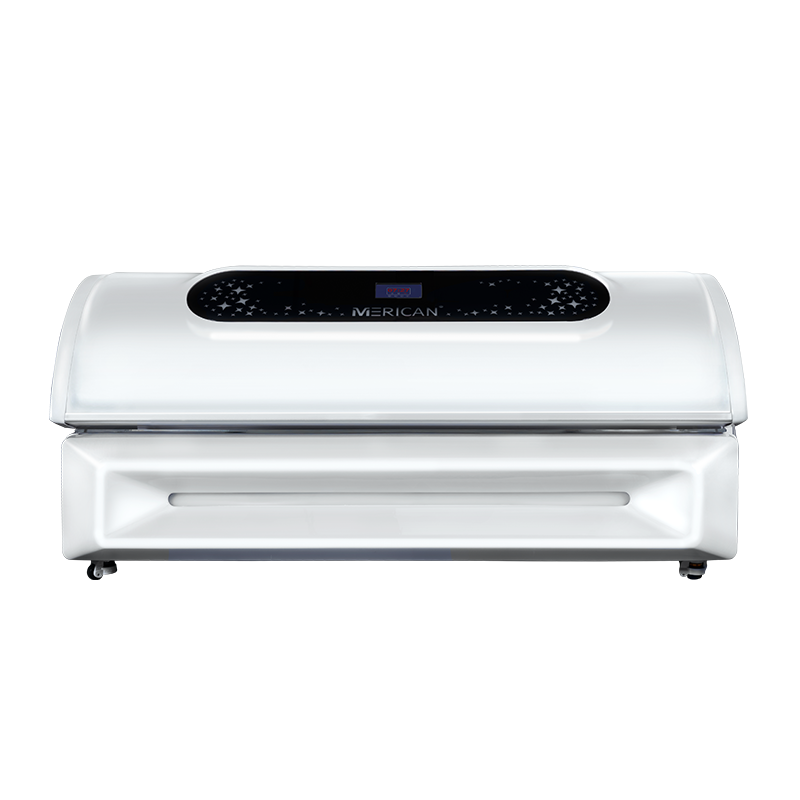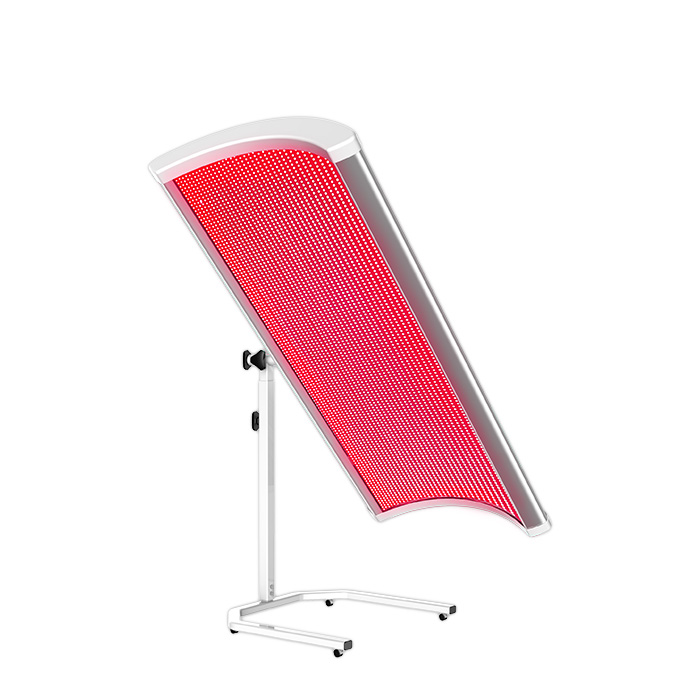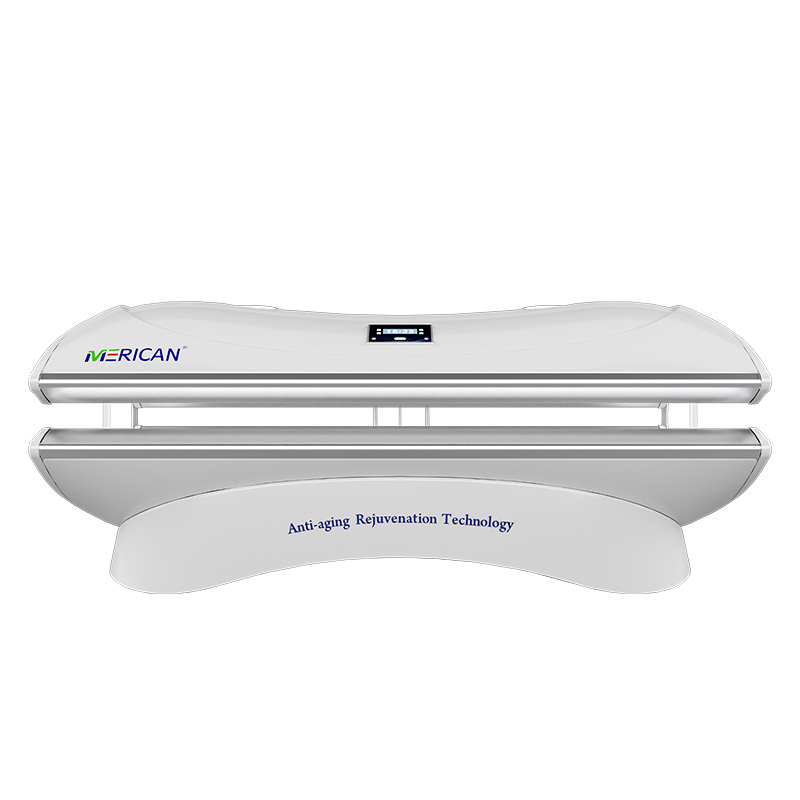calambres menstruales, dolor de pie, sentado y acostado ……. Hace que sea difícil dormir o comer., tirar y girar, y es un dolor indescriptible para muchas mujeres.
Según datos relevantes, acerca de 80% de las mujeres sufren diversos grados de dismenorrea u otros síndromes menstruales, afectando incluso gravemente al estudio normal, trabajo y vida. Entonces, ¿qué puedes hacer para aliviar los síntomas de los dolores menstruales??
Dismenorrea fuertemente asociada con los niveles de prostaglandinas.
dismenorrea, que se divide en dos categorías principales: dismenorrea primaria y dismenorrea secundaria.
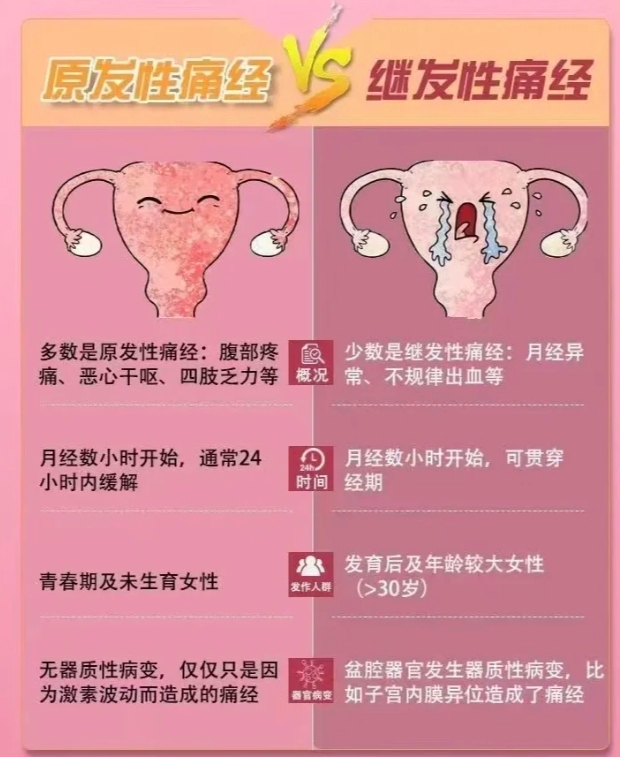
La mayoría de la dismenorrea clínica es dismenorrea primaria., cuya patogenia no ha sido aclarada, pero Algunos estudios han confirmado que la dismenorrea primaria puede estar estrechamente relacionada con los niveles de prostaglandinas endometriales..
Las prostaglandinas no son exclusivas de los hombres, pero son una clase de hormonas con una amplia gama de actividades fisiológicas y se encuentran en varios tejidos del cuerpo.. Durante el período menstrual de una mujer, Las células endometriales liberan grandes cantidades de prostaglandinas., que promueven las contracciones del músculo liso uterino y ayudan a expulsar la sangre menstrual.
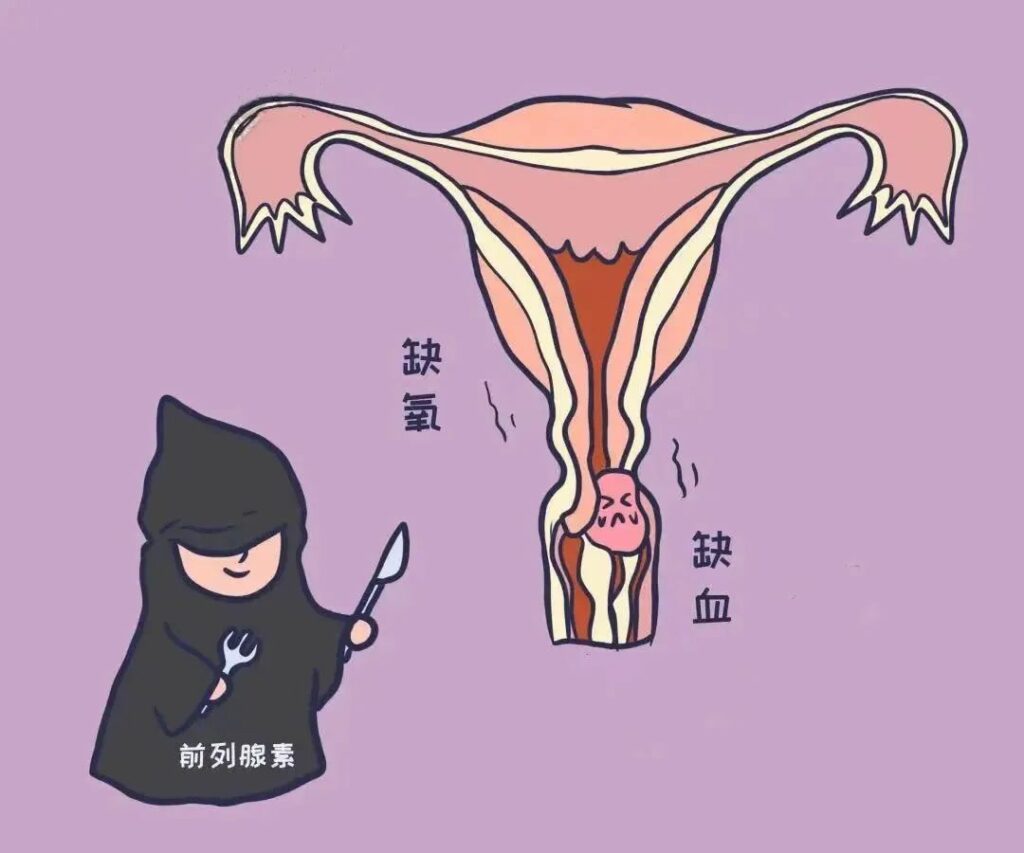
Una vez que la secreción es demasiado alta, El exceso de prostaglandinas provocará una contracción excesiva del músculo liso uterino., aumentando así la resistencia al flujo sanguíneo en las arterias uterinas y reduciendo significativamente el flujo sanguíneo, resultando en isquemia e hipoxia del miometrio uterino y vasoespasmo, lo que finalmente conduce a la acumulación de metabolitos ácidos en el miometrio y aumenta la sensibilidad de las terminaciones nerviosas., causando así calambres menstruales.

Además, cuando los metabolitos locales aumentan, El exceso de prostaglandinas puede entrar en la circulación sanguínea., estimulando el estómago y las contracciones intestinales, causando diarrea, náuseas, vómitos, y también causando mareos, fatiga, blanqueo, sudor frío y otros síntomas.
Un estudio encuentra que la luz roja mejora los dolores menstruales
Además de las prostaglandinas, La dismenorrea también se ve afectada por una variedad de factores, como el mal humor, la depresión y la ansiedad., y función inmune baja. Para aliviar la dismenorrea., medicamentos más utilizados para mejorar, sino debido al efecto barrera de la piel y a las propiedades físicas y químicas de los propios fármacos, es difícil de curar completamente, y las drogas tienen ciertos efectos secundarios. Por lo tanto, terapia de luz roja, que tiene las ventajas de un mayor rango de irradiación, no invasivo y sin efectos secundarios, y penetración profunda en el organismo, Se ha utilizado cada vez más en ginecología y tratamiento clínico del sistema reproductivo en los últimos años..

Además, Los estudios básicos y clínicos en diversos campos también han demostrado que la irradiación de luz roja del cuerpo puede desempeñar una variedad de funciones biológicas., significativamente enriquecido en la respuesta celular a la estimulación, regulación negativa del potencial de membrana mitocondrial, la regulación de la proliferación de células del músculo liso y otros procesos biológicos relacionados, que reduce significativamente la expresión del factor proinflamatorio interleucina y la citoquina prostaglandina que causa dolor en los tejidos dañados., inhibe la excitabilidad de los nervios y promueve la dilatación de los vasos sanguíneos para acelerar la eliminación de los metabolitos que causan dolor y reducir el vasoespasmo, mejorando así los síntomas de la dismenorrea femenina. También promueve la vasodilatación., acelera la eliminación de metabolitos que causan dolor, reduce el vasoespasmo, y logra antiinflamatorio, analgésico, efectos descongestivos y reparadores, mejorando así los síntomas de la dismenorrea en las mujeres.
Un experimento demuestra que la exposición diaria a la luz roja puede aliviar los dolores menstruales
Una gran cantidad de trabajos de investigación nacionales e internacionales han documentado que la luz roja es más eficaz en el tratamiento de enfermedades ginecológicas y del sistema reproductivo.. Basado en esto, MERICAN lanzó MERICAN Health Pod basado en la investigación de la terapia de luz roja, combinando una variedad de longitudes de onda de luz específicas, que puede estimular la cadena respiratoria de las células mitocondriales, promover la producción de sustancias biológicamente activas en el músculo, mejorar el estado nutricional de los tejidos locales y regular la expresión de factores inflamatorios relacionados, inhibe la excitación nerviosa y reduce los espasmos. Al mismo tiempo, promueve la circulación sanguínea, acelera la eliminación de metabolitos y el proceso de reparación de tejidos, y fortalece la regulación del sistema inmunológico, aliviando así eficazmente los síntomas de la dismenorrea y previniendo enfermedades ginecológicas.
Para verificar aún más su efecto real, Centro de Investigación de Energía Luminosa MERICAN, junto con el equipo alemán, y varias universidades, instituciones médicas y de investigación científica, seleccionaron al azar un número de mujeres de edades 18-36 años con fenómeno de dismenorrea más pronunciado, bajo la guía de un estilo de vida saludable y educación fisiológica de la menstruación., y luego complementado con la iluminación de la Cabina de Salud MERICAN para terapia de luz para mejorar la situación..
Después 3 meses de irradiación regular de 30 minutos en la cámara de salud, los sujetos’ Las puntuaciones de los síntomas principales de la VAS se redujeron significativamente, y los calambres menstruales, como el dolor abdominal y el dolor lumbar, mejoraron significativamente, incluso otros síntomas durante el sueño, ánimo, y la piel también mejoró, sin efectos adversos ni recurrencia.
Se puede observar que la luz roja tiene un efecto positivo para aliviar los síntomas de la dismenorrea y mejorar el síndrome menstrual.. Vale la pena mencionar que, para mejorar los síntomas de la dismenorrea, además de la iluminación diaria de luz roja, No se debe ignorar el mantenimiento de un estado de ánimo positivo y buenos hábitos., y si la dismenorrea persiste durante todo el período menstrual y empeora gradualmente, se recomienda consultar a un médico de manera oportuna.
Finalmente, Les deseo a todas las mujeres un ciclo menstrual feliz y saludable.!

